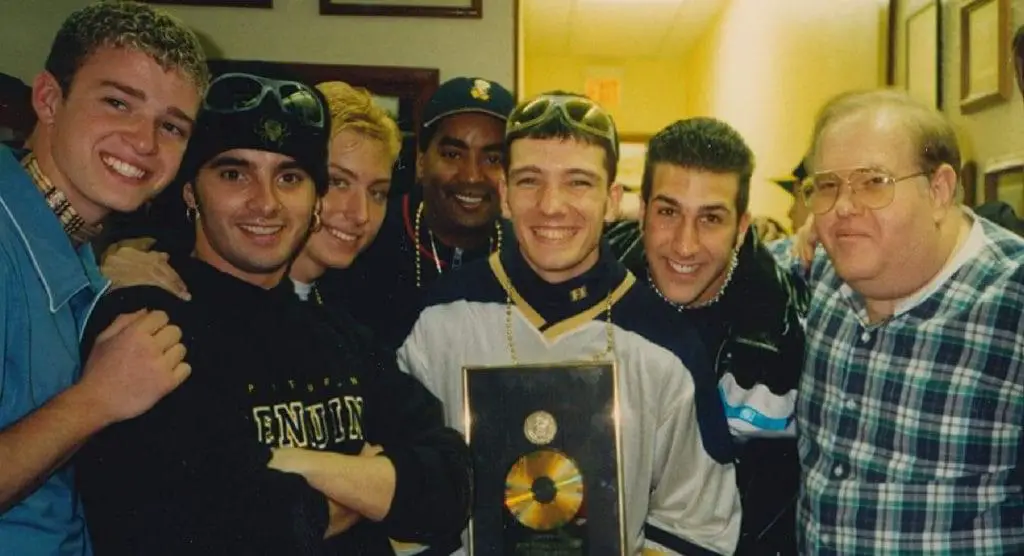
To describe Filipino American writer, producer and director Rod Pulido’s first feature “The Flip Side” as a family affair would be an understatement. Not only did his father Rudy co-produce the film, his mom Ester also acts in it and his brother Mark served as production assistant.
Filmed almost entirely in the Southern California suburban home Pulido grew up in, “The Flip Side” tells the story of Darius Delacruz (Verwin Gatpandan), who comes home from college for the summer with the goal of getting his Americanized family to embrace their Filipino heritage.
But Darius quickly finds that his hip-hop and basketball obsessed brother Davis (Jose Saenz) and green contact wearing sister Marivic (Ronalee Par), don’t care, don’t know and don’t want to hear about it. Even his conventional parents (veteran actor Abe Pagtama, who has appeared on TV’s “Cagney and Lacey” and in a bit of Scorsese-esque casting, Pulido’s real mother Ester) can only shrug their shoulders at his newly discovered “Pinoy Power.”
During the course of the film, Pulido often explores the self-hate and ignorance Darius’s brother and sister have for their Filipino heritage with comical results. The diminutive Davis thinks he can dunk a basketball on a regulation NBA-sized rim and spends all of his time trying to find ways to increase his vertical leap. Meanwhile, the vain Marivic only cares about how she looks and secretly saves up money from her job at the mall to pay for a special cosmetic procedure. So embarrassed is she of her own heritage that at one point she finds a boyfriend by telling him she’s Hawaiian.
When Darius starts wearing a tribal loincloth around the house and encouraging everyone to speak in Tagolog, their native language, the whole family starts to think he’s crazy. The only person in the house he can turn to is his lottery-addicted “Lolo,” or grandfather (Peping Baclig), a World War II veteran survivor of the infamous Bataan Death March, and the bond they form leads to the film’s abrupt and surprising ending.
Pulido develops his characters in “The Flip Side” much like Spike Lee does in his earlier films “She’s Gotta Have It” and “Do The Right Thing”. His concept behind the film’s black and white cinematography was that Filipino’s have no identity in the mass media, which left them having to emulate the images of black and white popular culture in order to develop an identity.
The film’s use of biting, satirical humor to examine some very real social and cultural issues within the Filipino American community works to keep the film moving at a jaunty rhythm without bogging down into melodrama.
Shot in grainy black and white, “The Flip Side” deals with issues of identity, culture and race without being didactic or coming across as the kind of heavy-handed moralizing some Asian Americans have come to expect in a post-“Joy Luck Club” era.
